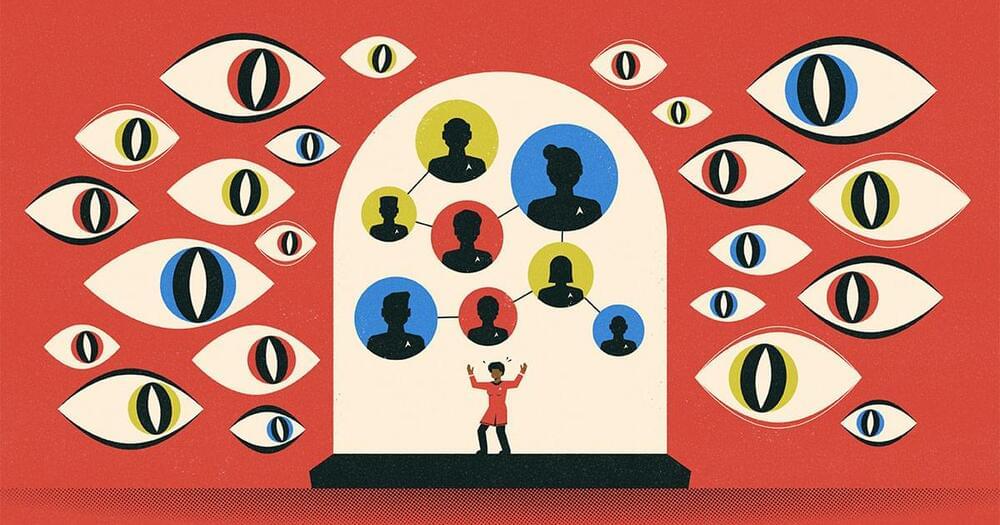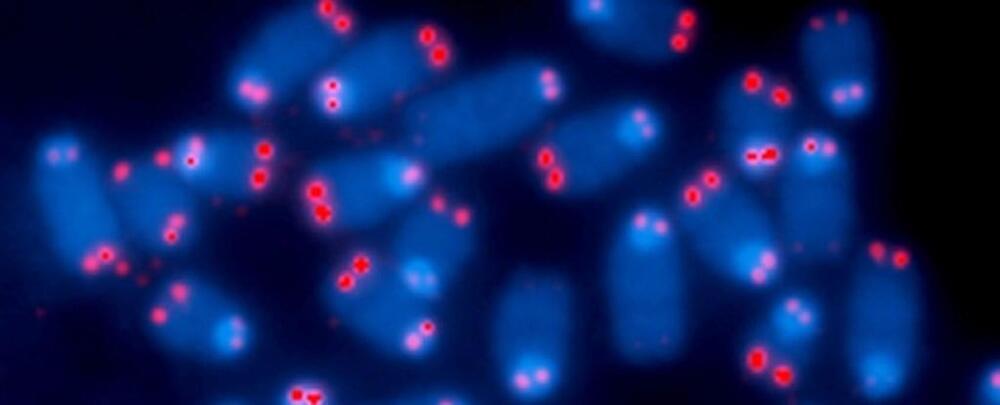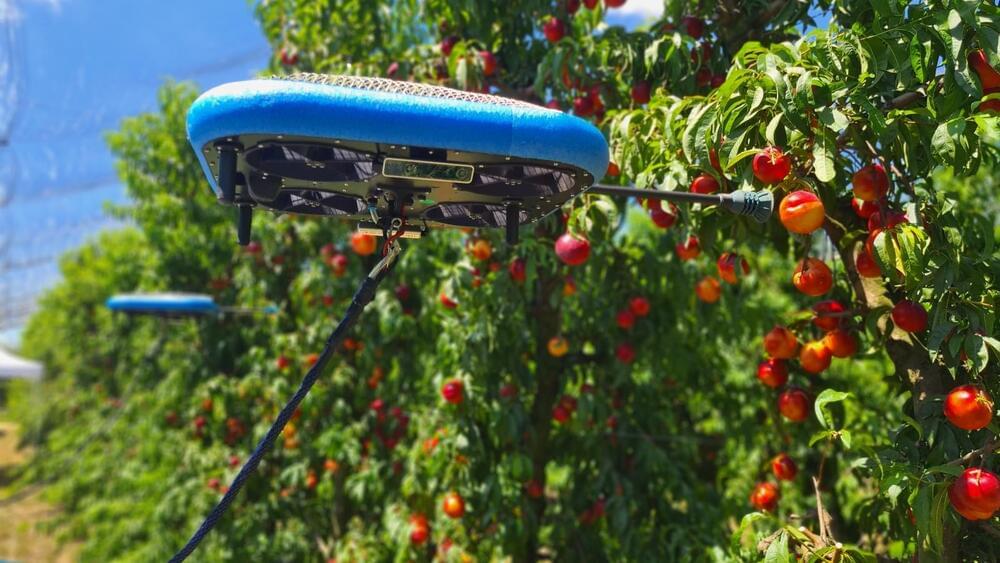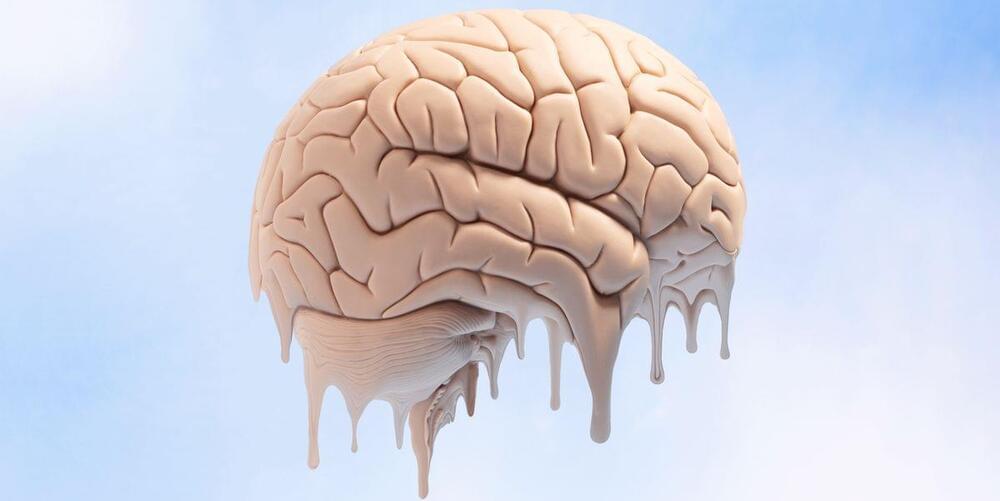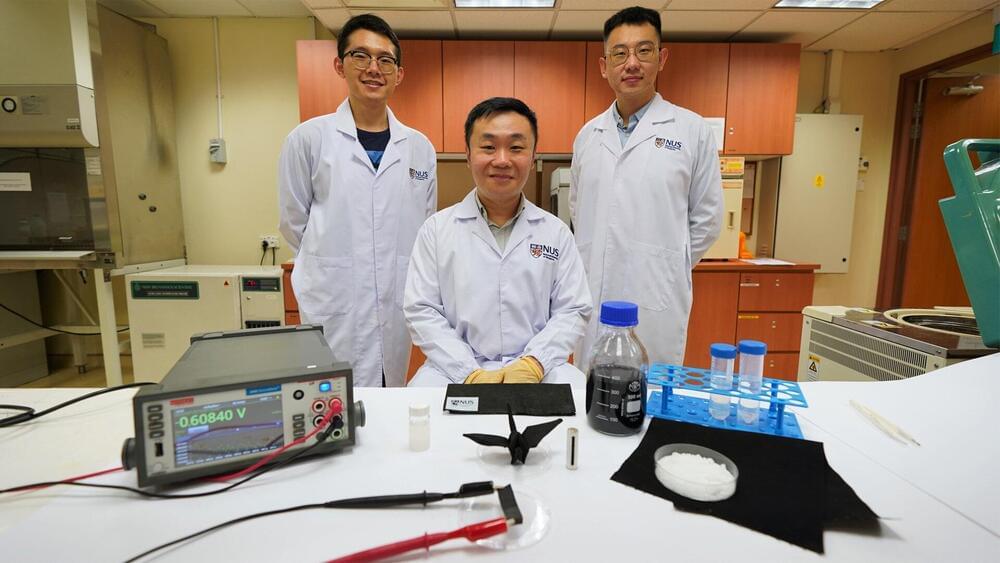
To all who see them, the new images of space taken by the James Webb Space Telescope (JWST) are awe-inspiring.
Physicist Eric J. Lerner gets to the point:
Why are JWST images causing panic among cosmologists? And the predictions of which theory do they contradict? The papers don’t really speak. The truth that is not reported in these documents is that the hypothesis that the JWST images blatantly and repeatedly contradict the Big Bang Hypothesis is that the universe began 14 billion years ago in an incredibly hot, dense state and has since the pore is expanding. Since this hypothesis has been defended for decades as an indisputable truth by the vast majority of cosmological theorists, the new data cause these theorists to panic. “Now I’m lying awake at 3 a.m.,” says Alison Kirkpatrick, an astronomer at the University of Kansas at Lawrence, “and wondering if I did everything wrong.”
